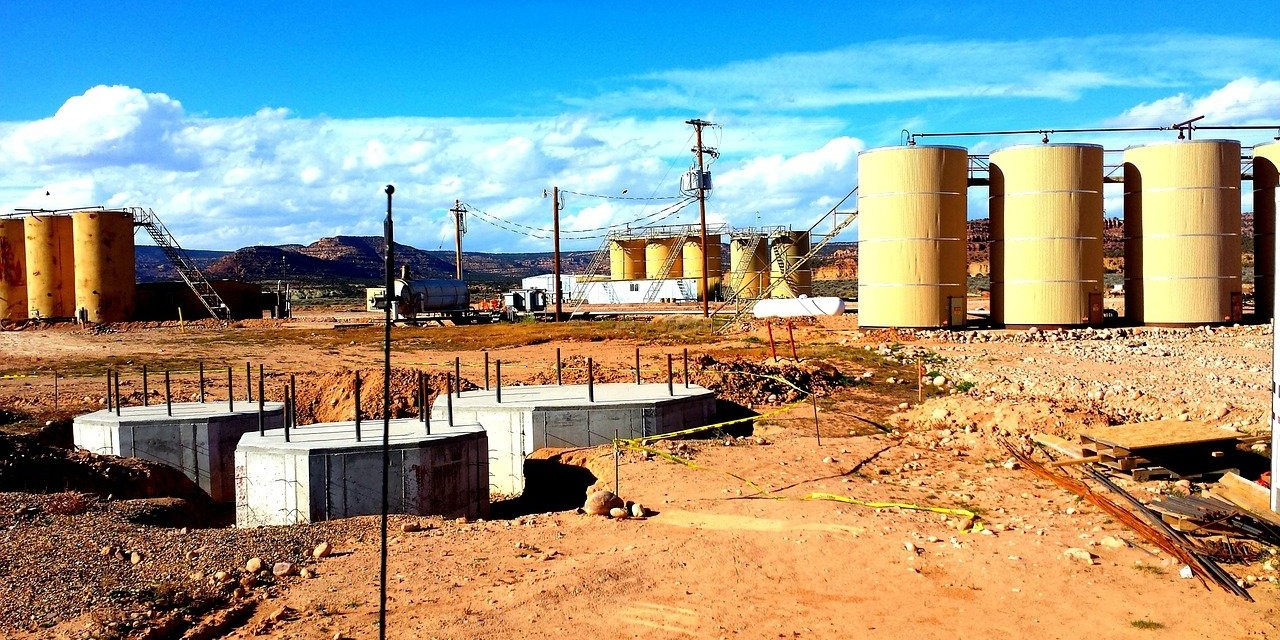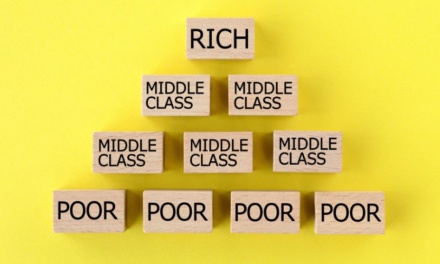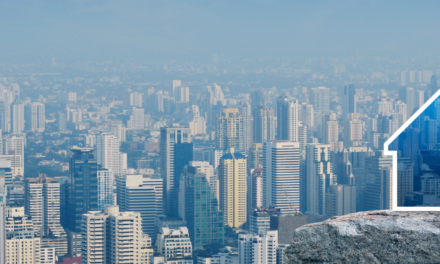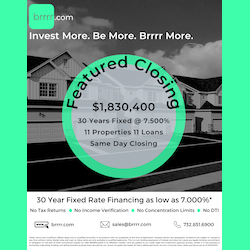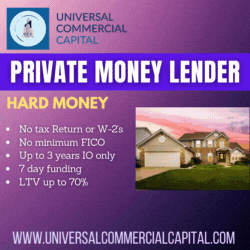|
Check out our new audio content!
Getting your Trinity Audio player ready...
|
Image from Pixabay
By Patricia Gage, Principal,
RE Solutions
It’s understood that having a real estate component within your investment strategy is a tried-and-true way to diversify your risk and increase your investment returns. And while most people and companies find real estate opportunities with more common approaches, there is a less conventional way to turn a profit in real estate: brownfield development.
According to the Environmental Protection Agency, “a brownfield is a property, the expansion, redevelopment, or reuse of which may be complicated by the presence or potential presence of a hazardous substance, pollutant, or contaminant.” It is estimated that there are more than 450,000 brownfields in the U.S. Some l brownfields are obvious, like a former oil refinery. Others may be a surprise, for example, an urban infill site that housed a dry cleaner in the 1950’s may now be the ice cream shop you’ve loved since you were a kid – who would ever think it could be contaminated?
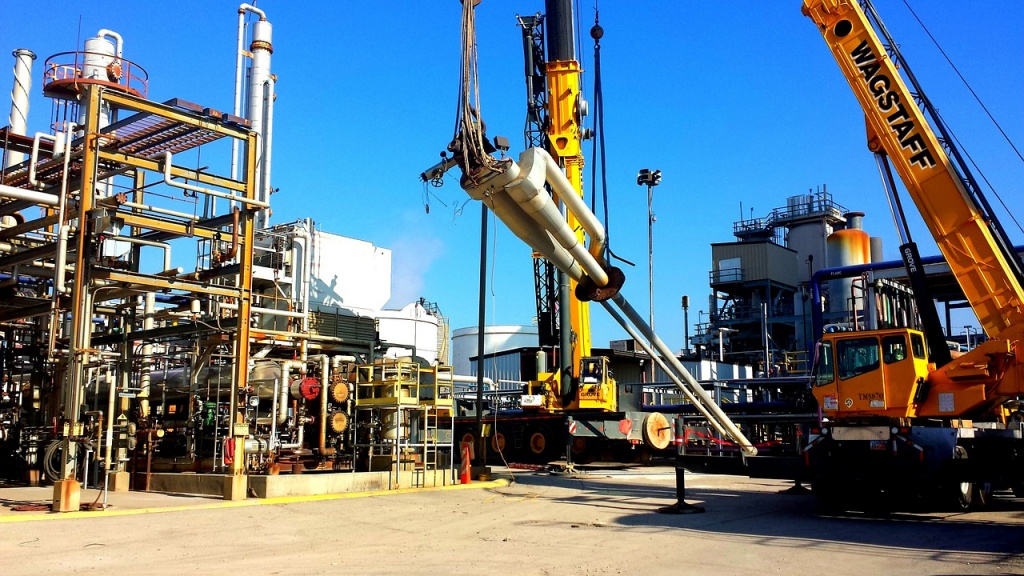
Image from Pixabay
Assuming the developer of a brownfield property has acquired a Phase One environmental assessment (and a Phase Two environmental assessment if recommended by the Phase One) and is ready to move forward with the project, potential project investors should consider the following financial questions:
- What is the cost of the land? In general, there should be a discount for a brownfield parcel. When compared to an equivalent clean site, the price of a brownfield should be discounted by the cost to remediate the site plus some amount to compensate for the risk inherent in the cleanup and the additional profit that should come with cleaning up a contaminated site.
- Does the development budget include sufficient contingency for normal construction risk as well as the risk of remediation cost overruns or delays? While a 4-5% contingency is typical for a greenfield site, the development budget on a brownfield should include that standard contingency PLUS 20-25% of the expected remediation cost if the remediation contractor is working under a cost-plus contract, which is typical. The contingency should also be sufficient to cover any delays if remediation takes longer than expected.
- Has the developer obtained environmental insurance? A Pollution Legal Liability policy will protect against unknown contaminants and third-party liability claims.
- When you make your investment, will the balance of the capital (debt and equity) be in place? If not, recognize that a construction loan on a brownfield property will likely be underwritten more conservatively than a loan on a greenfield property. Some commercial banks won’t consider lending on a brownfield. When a loan is available, the loan-to-value and loan-to-cost ratios may be 5-10% lower than for a clean property.
- Is there a financing gap that wouldn’t occur on a similar greenfield property? Because debt and equity may be less available for a brownfield site, the developer will often have the option to cover remediation costs with a public finance mechanism such as tax increment or special district financing. Many municipalities have a Brownfields Revolving Loan Fund to provide developers with low-cost debt to cover remediation costs, which incents developers to clean up toxic sites. Some states also offer tax credits for brownfields cleanup.
- Is the project return reasonable given the risk associated with a brownfield site? Developers expect a premium return for taking on the risk of a contaminated property – investors should be rewarded with a portion of that premium.

Image from Pixabay
This is by no means an all-inclusive list of due diligence an investor should consider, or of the risks associated with brownfield redevelopment. We always recommend obtaining appropriate legal and tax advice before investing. That said, the best risk-mitigation strategy lies in underwriting the developer. Invest with those that have significant brownfields experience and a proven track record. Ask about their relationships with the regulatory agencies, lenders, design professionals, contractors, prior investors, insurance providers, and environmental consultants.
Real estate developers often raise money from individual investors in relatively small increments, allowing qualified investors the opportunity to participate directly in the success of a single development project. These investments are not without risk, and your due diligence should be thorough. Along with understanding the project’s market, projected returns, construction risk, and competition, an investor should be fully aware of the site’s prior uses and any contamination that may be present.
Everyone can win in a brownfield redevelopment – you as an investor, the developer, and the overall community. Financial benefits are compelling but contributing to the elimination of blight and toxic contamination in a neighborhood is the true reward.

Patricia Gage
Patricia Gage is a principal at RE Solutions, a company specializing in creating value for brownfield development projects. She can be reached at [email protected] or 303.482.2618.

